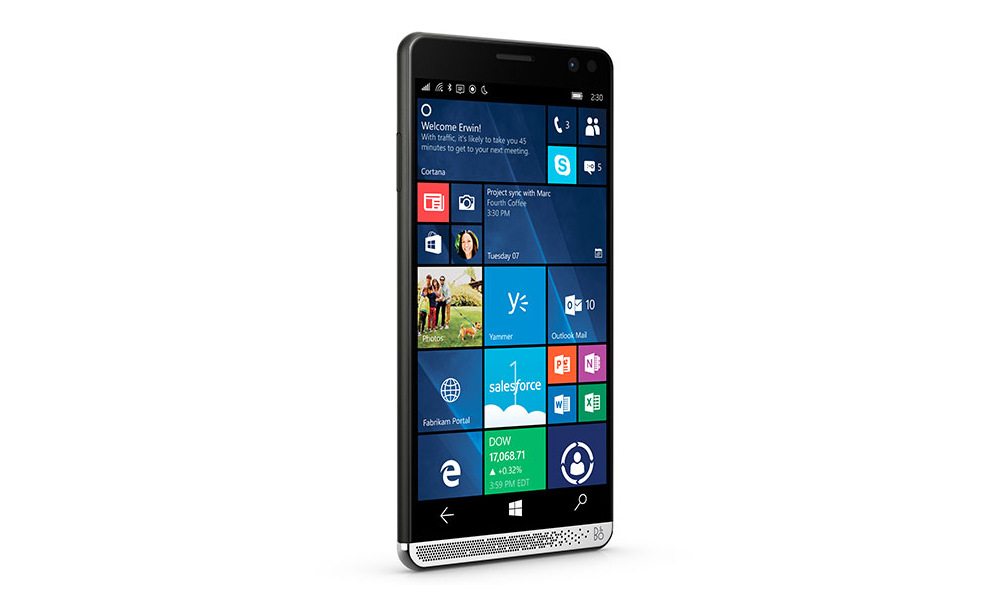Hp 48 For Windowsphone
Applications are what make your Windows PC, tablet, phone and Xbox so useful. There are thousands of apps available that allow you to create and consume just about anything. Here you'll find.
- Windows Phone (WP) is a family of discontinued mobile operating systems developed by Microsoft for smartphones as the replacement successor to Windows Mobile and Zune. Windows Phone featured a new user interface derived from Metro design language.
- Feb 14, 2006 Emu48CE - HP48/49 Calculator Description Share Tweet This is an emulator of the HP38G, HP39G, HP40G, HP48GX, HP48SX and HP49G Hewlett-Packard graphing programmable scientific calculators for PocketPC (get the PalmOS version here, or the Windows version here).
- Turn on the printer, load plain paper in the input tray, then confirm ink or toner cartridges are installed.
- Place the item you want to scan on the scanner glass or load it into the automatic document feeder (ADF), if your printer has one.
- On your computer, go to HP Scan and Capture (in English) to install the app from the Microsoft Store.
- Click the menu icon, then select Settings.
- Click Document Scan Options or Photo Scan Options to change any settings, then click the back arrow.
- Click outside the Settings menu, then click Capture Documents or Capture Photos.
- The Save As window opens to save the item to a folder.
The HP Elite x3 connected to a monitor, keyboard, and mouse. Image source: HP.
HP(NYSE:HPQ) has finally returned to the smartphone market. The HP Elite x3 is a high-end, 6-inch phablet set to make its debut later this year. It boasts a top-notch display and processor, fingerprint and iris scanners, and a massive battery. It will ship with 64GB of internal storage, but it will also support microSD cards (up to 2TB in size) and come equipped with 4GB of RAM. For a power user, it's a dream phone.
But the Elite x3 is unique among high-end smartphones -- it's running Microsoft's (NASDAQ:MSFT) Windows 10. Microsoft's smartphone platform remains on the brink of utter irrelevancy, which could limit the demand for the Elite x3. But the device boasts a unique feature that could endear it to some professionals.
We've seen this trick before
In addition to offering top-notch specs, HP is distinguishing the Elite x3 with a variety of hardware add-ons. When paired with these accessories, the Elite x3 can function not just as a smartphone, but also as a desktop or laptop PC.
The idea of a transforming smartphone has been tried many times over the years, and it has always failed. In 2011, Motorola unveiled the Android-powered Atrix 4G -- a smartphone that could double as a laptop. In 2013, Asus released the PadFone, an Android handset that could become a tablet. Neither sold particularly well, and though both companies continue to make smartphones, they've shifted to exploring entirely different concepts.

Hp 35s Emulator

The idea of a one-device-fits-all strategy, however, remains intuitively appealing -- if only it could be executed properly. Fortunately for HP, it's working with something Motorola and Asus never had: an operating system designed specifically for transformation.
When Microsoft announced Windows 10 Mobile last year, it unveiled Continuum, a feature that allows sufficiently powerful Windows 10 phones to be docked to a separate screen, mouse, and keyboard. The Elite x3's docking station -- which allows it to act as a makeshift desktop -- isn't particularly unique (Microsoft's own Lumia 950 and Acer's Liquid Jade Primo can accomplish the same feat) but HP is taking it a step further. With its Mobile Extender (basically a laptop shell), the Elite x3 can also double as a laptop.
When docked, the Elite x3's interface is almost indistinguishable from a standard Windows 10 PC. The experience isn't identical -- traditional Windows apps won't work -- but it delivers a more compelling take on the all-in-one concept than any device that's come before it.
Microsoft's smartphone problem
Microsoft's share of the smartphone market dipped below 2% in the second half of 2015. Even when its share of the market was around 5% in 2012, Windows Phone struggled to attract the interest of mobile developers. With so few Windows Phones in the hands of consumers, its long-term prospects appear quite dire.
In an interview with Buzzfeed last December, Microsoft CEO Satya Nadella admitted that Windows Phone's current trajectory was 'unsustainable,' but he argued it could still thrive as a platform in the context of Microsoft's greater strategy. With the launch of Windows 10 last year, Microsoft introduced the concept of a Universal Windows Platform (UWP) app -- an app that could be written to run across any Windows 10 device. Not just Windows 10-powered PCs, but also Xbox, HoloLens, and smartphones like the Elite x3.
'When I think about our Windows Phone, I want it to stand for something like Continuum. When I say, wow, that's an interesting approach where you can have a phone and that same phone, because of our universal platform with Continuum ... can, in fact, be a desktop,' he explained in a separate interview with ZDNet.
Developers have yet to adopt the UWP en masse, but if they do, smartphones like the Elite x3 could prove intriguing.